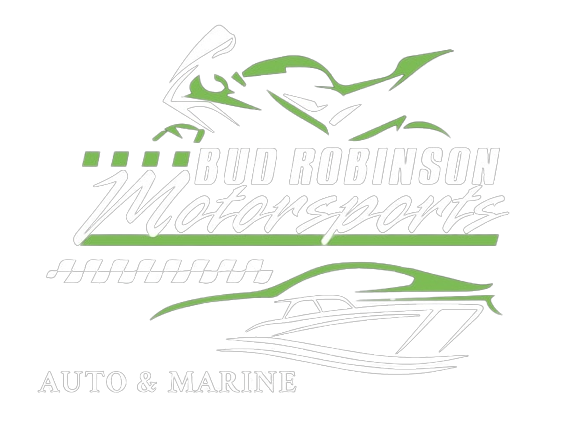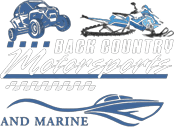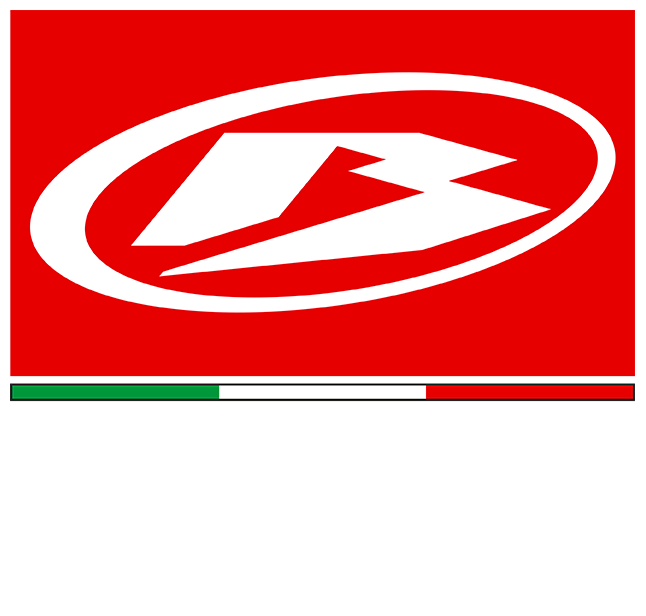





2024 Kawasaki NINJA H2R
| The development of the Ninja H2R motorcycle goes beyond the boundaries of any other Kawasaki motorcycle. Born of unprecedented inter-company collaboration within the Kawasaki Heavy Industries, Ltd. (KHI) Group, the world's only limited production supercharged hypersport model represents the pinnacle of Kawasaki engineering, delivering astonishing acceleration and mind-bending top speed suitable only for closed courses. |
FEATURING
|
ADDITIONAL VEHICLE FEATURES
|
KAWASAKI ENGINE BRAKE CONTROLThe Kawasaki Engine Brake Control system allows riders to select the amount of engine braking they prefer. When the system is activated, the engine braking effect is reduced, providing less interference when riding on the track. |
KCMF (KAWASAKI CORNERING MANAGEMENT FUNCTION)
Using the latest evolution of Kawasaki’s advanced modeling software and feedback from a compact IMU (Inertial Measurement Unit) that gives an even clearer real-time picture of chassis orientation, KCMF monitors engine and chassis parameters throughout the corner – from entry, through the apex, to corner exit – modulating brake force and engine power to facilitate smooth transition from acceleration to braking and back again, and to assist riders in tracing their intended line through the corner. The systems that KCMF oversees vary by model, but may include: |
KLCM (KAWASAKI LAUNCH CONTROL MODE)
Designed to assist riders by optimizing acceleration from a stop, KLCM electronically manages engine output to minimize wheel spin when moving off. With the clutch lever pulled in and the system activated, engine speed is limited to a determined speed while the rider holds the throttle open. Once the rider releases the clutch lever to engage the clutch, engine speed is allowed to increase, but power is regulated to minimize wheel spin and help keep the front wheel on the ground. The system disengages automatically once a predetermined speed has been reached, or when the rider shifts into third gear. Depending on the model, riders can choose from multiple modes, each offering a progressively greater level of intrusion. |
KQS (KAWASAKI QUICK SHIFTER)
Designed to help riders maximize their acceleration on the track by enabling clutchless upshifts with the throttle fully open, KQS detects that the shift lever has been actuated and sends a signal to the ECU to cut ignition so that the next gear can be engaged without having to use the clutch. On models that offer clutchless downshifts, during deceleration the system automatically controls engine speed so that the next lower gear can be selected without operating the clutch. |
KTRC (KAWASAKI TRACTION CONTROL)
KTRC, Kawasaki's advanced traction control system provides both enhanced sport riding performance and the peace of mind to negotiate slippery surfaces with confidence. Multiple rider-selectable modes (the number of modes varies by model) offer progressively greater levels of intrusion to suit the riding situation and rider preference. |
ELECTRONIC THROTTLE VALVES
Kawasaki fully electronic throttle actuation system enables the ECU to control the volume of both the fuel (via fuel injectors) and the air (via throttle valves) delivered to the engine. Ideal fuel injection and throttle valve position results in smooth, natural engine response and the ideal engine output. The system also makes a significant contribution to reduced emissions. |
SUPERCHARGED ENGINE
Drawing on the know-how and technology possessed by the Kawasaki Heavy Industries, Ltd. (KHI), Kawasaki’s supercharged engine delivers high engine output while maintaining a compact design. The key to achieving this incredible performance lies in the engine’s supercharger – a motorcycle-specific unit designed completely in-house with technology from the Kawasaki Gas Turbine & Machinery Company, Aerospace Company and Corporate Technology Division. |
ABS (ANTI-LOCK BRAKE SYSTEM)Kawasaki ABS systems use front and rear wheel sensors to constantly monitor wheel speed. Should information from either of the sensors indicate that wheel lock has occurred, the ABS ECU directs the pump in the ABS unit to modulate brake fluid pressure (releasing and reapplying pressure so that traction can be regained) until normal operation resumes. ABS offers rider reassurance that contributes to greater riding enjoyment. |
IMU-ENHANCED CHASSIS ORIENTATION AWARENESS
The strength of Kawasaki cutting-edge electronics has always been the highly sophisticated programming that, using minimal hardware, gives the ECU an accurate real-time picture of what the chassis is doing. Kawasaki proprietary dynamic modeling program makes skillful use of the magic formula tire model as it examines changes in multiple parameters, enabling it to take into account changing road and tire conditions. |
KIBS (KAWASAKI INTELLIGENT ANTI-LOCK BRAKE SYSTEM)
|
SILVER-MIRROR PAINT
|








